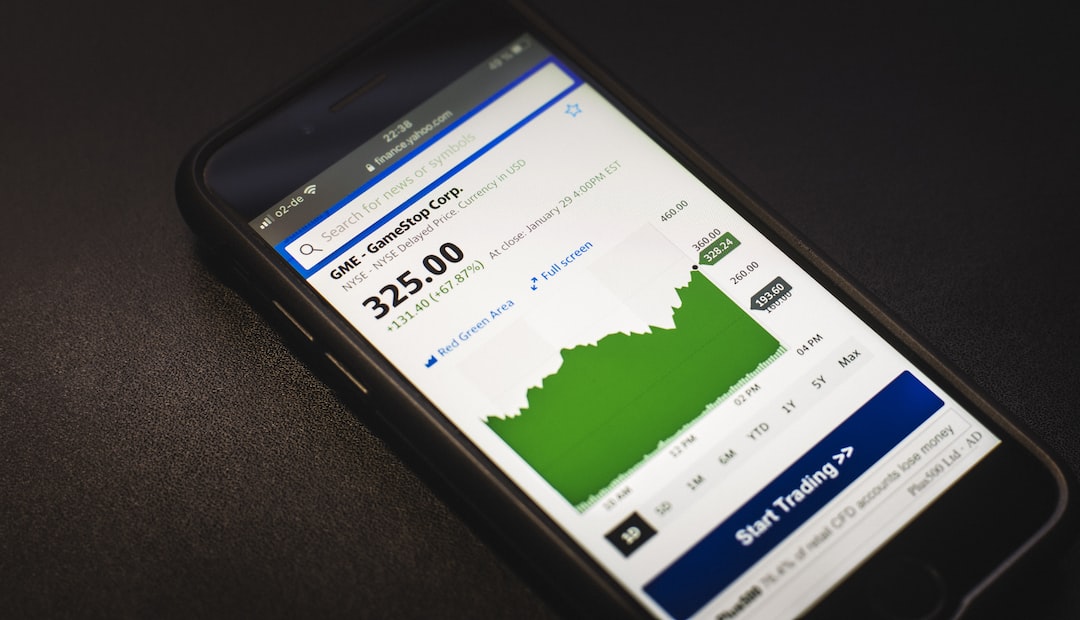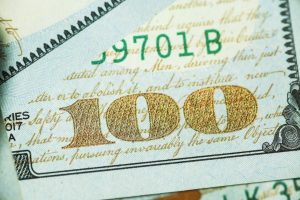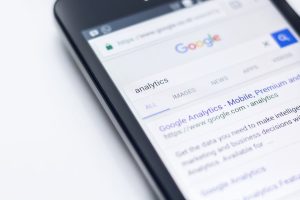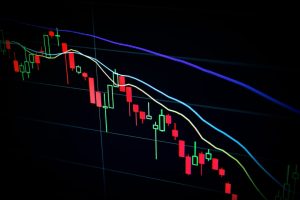Forex trading, also known as foreign exchange trading, involves the buying and selling of currencies in the global market. It is a highly liquid market with enormous trading volume, making it one of the most popular financial markets in the world. Forex trading can be done independently, without the need for a broker, but it requires a good understanding of the market and the risks involved. In this article, we will discuss the steps to trade forex independently.
Step 1: Understand the basics of forex trading
Before starting to trade forex, it is important to understand the basics of the market. Forex trading involves buying one currency and selling another simultaneously. The exchange rate between the two currencies determines the profit or loss. The exchange rate is affected by various factors such as economic indicators, geopolitical events, and central bank policies. Understanding these factors is essential to make informed trading decisions.
Step 2: Develop a trading strategy
A trading strategy is a set of rules that a trader follows to enter and exit trades. It is important to have a trading strategy to avoid emotional trading and make objective decisions. A trading strategy can be based on technical analysis, fundamental analysis, or a combination of both. Technical analysis involves using charts and indicators to identify patterns and trends in the market. Fundamental analysis involves analyzing economic and political factors that affect the currency market.
Step 3: Open a forex trading account
To trade forex independently, a trader needs to open a forex trading account with a reputable broker. A forex trading account can be opened online, and the process is straightforward. The trader needs to provide personal information, including name, address, and identification documents. The broker may also require a minimum deposit to open the account.
Step 4: Fund the trading account
After opening the trading account, the trader needs to fund the account to start trading. The funding options may vary depending on the broker, but most brokers accept credit/debit cards, bank transfers, and online payment methods. The trader should also check the deposit and withdrawal fees and the minimum deposit required by the broker.
Step 5: Choose a trading platform
A trading platform is a software that enables traders to place trades, view charts and indicators, and manage their trading accounts. Most brokers offer their own trading platform, but there are also third-party platforms available. The trader should choose a platform that is user-friendly, reliable, and has the necessary tools to execute their trading strategy.
Step 6: Practice with a demo account
Most brokers offer a demo account that allows traders to practice trading without risking real money. A demo account is a useful tool to test the trading platform, practice the trading strategy, and gain experience in the market. The trader should use the demo account to simulate different market conditions and refine their trading strategy.
Step 7: Start trading
After gaining sufficient experience with the demo account, the trader can start trading with real money. The trader should start with a small amount and gradually increase the trading size as they gain more experience and confidence in the market. The trader should also manage their risk by setting stop-loss orders to limit their losses.
Conclusion
Forex trading is a highly rewarding but also a highly risky market. Trading forex independently requires a good understanding of the market, a well-defined trading strategy, and proper risk management. The trader should also choose a reputable broker, a reliable trading platform, and practice with a demo account before risking real money. With proper preparation and discipline, forex trading can be a profitable venture.





